The latest edition of our finance and property news digest with a distinctively Australian flavour.
Tag: Interest Only Loans
Westpac Enacts Series of Credit Policy Changes
Westpac yesterday announced a number of changes to its credit policy, which have also gone into effect across its subsidiaries: BankSA, Bank of Melbourne, and St George Bank. Via Australian Broker.
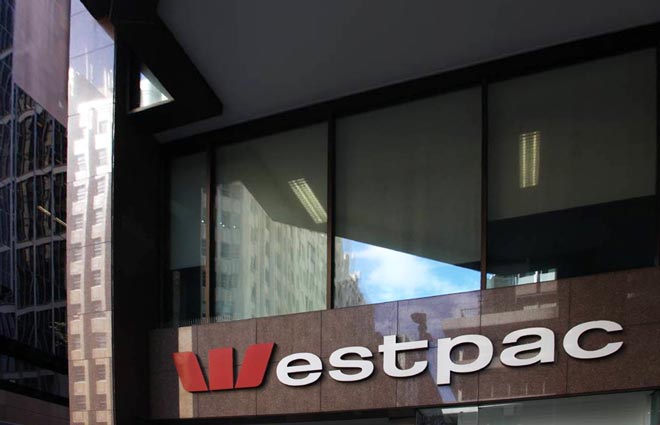
Investor lending
Effective 22 October, the maximum loan to value ratio for interest-only investor loans was raised from 80% to 90% – including any capitalised mortgage insurance premium.
The update applies to new purchases, refinances within Westpac Group or externally, and loan variations such as switching from P&I repayments to interest-only.
However, the current switching policy will continue to apply, with customers only able to switch to interest-only repayments post 12 months of loan drawdown.
The changes will not apply to interest-only owner occupier loans, which will maintain their maximum LVR at 80%.
HEM calculations
Also effective yesterday, referral to credit will no longer be required in instances where expenses are greater than 130% of HEM and no other reason that requires credit assessment is triggered, a change the group expects to save brokers time and deliver faster outcomes to customers.
Updated resources
The group also launched an enhanced version of its Assess calculator, “developed in response to broker feedback.” It crafted the updated tool to be more intuitive and streamlined, making the completion of assessments “much quicker” and saving brokers valuable time.
Westpac plans to remain receptive to feedback moving forward, inviting brokers to “give it a go” and share their thoughts on their experience.
The older version of the Assess calculator will not be available for use after 15 November 2019.
The Interest Only To P&I Problem
Analysis released today by Digital Finance Analytics reveals that in the coming 12 months around 124,000 interest only loans will need to be switched to principal and interest loans. This is drawing data from our rolling household surveys. This translates to an estimated value of $47 billion, and represents a significant proportion of all IO loans coming up for review. Of these 97.5% are for investment properties.
The reason why households are converting varies, with around 27% deciding to switch, while 67% were persuaded by their lender. There are state variations. NSW and WA had the highest proportion of “forced” moves.
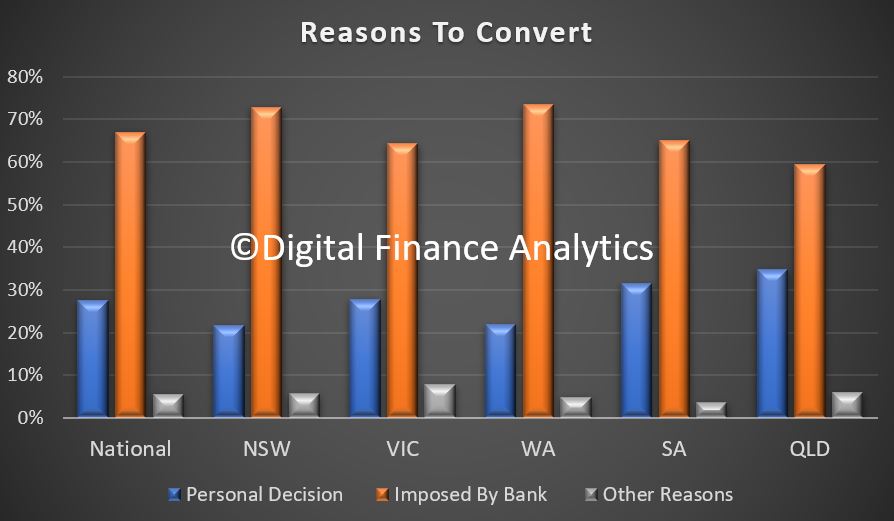
The average repayments will rise by 25.6%, with the highest in NSW at 31.6%.
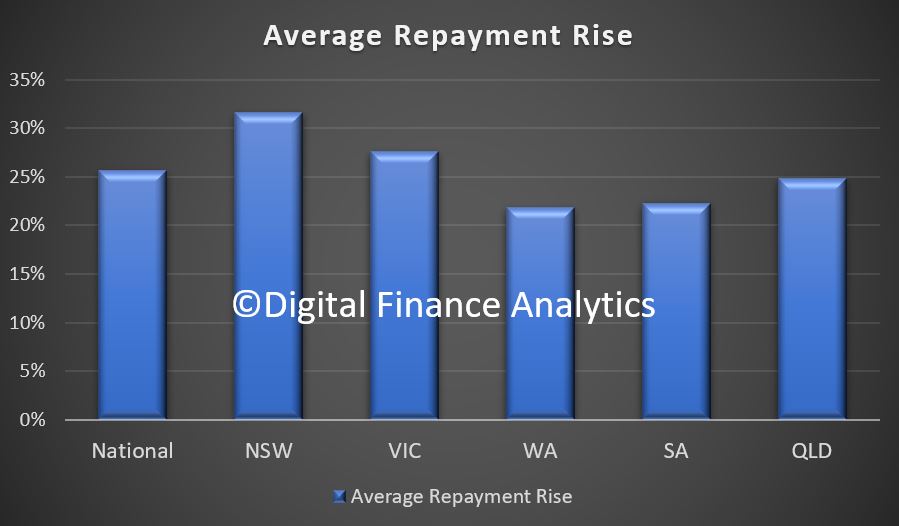
We then asked about what steps owners would take to cover the extra costs. On average 11.5% said they could cover form other income, from higher rents 4.5%, from selling other property 26.7%, and the remaining will require extra employment, either by way of extra hours, or from additional jobs. Again there are state differences.

In terms of extra jobs, on average 53% of the extra work will be taken by the primary worker, while 47% will be taken by a second family member (often the spouse). It varies across the states.
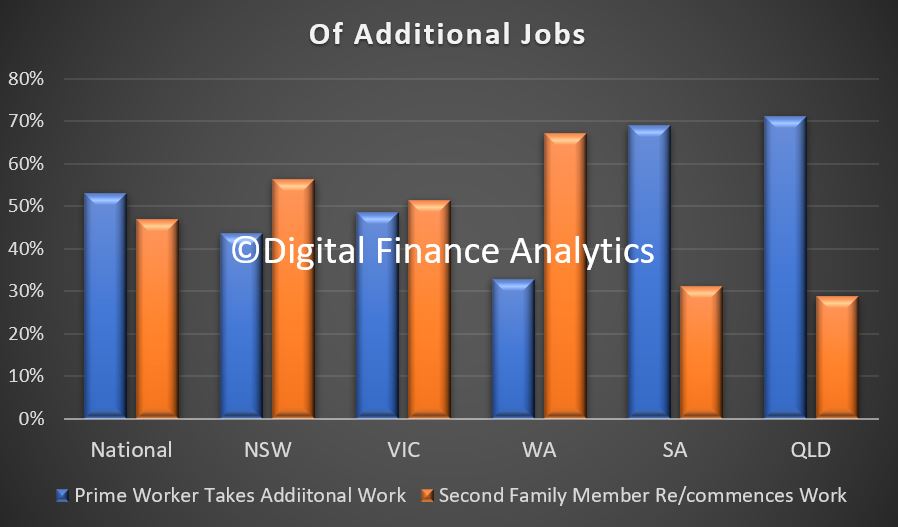
This of course is all predicated on more work being available. Perhaps this is one reason why mortgage delinquencies are rising?
Australia’s Interest-Only Cap Removal Won’t Spur Lending
The Australian Prudential Regulation Authority’s (APRA) macro-prudential easing on interest-only residential mortgages is unlikely to meaningfully affect loan growth, as tighter underwriting standards have become the most effective constraint on riskier types of lending, says Fitch Ratings.
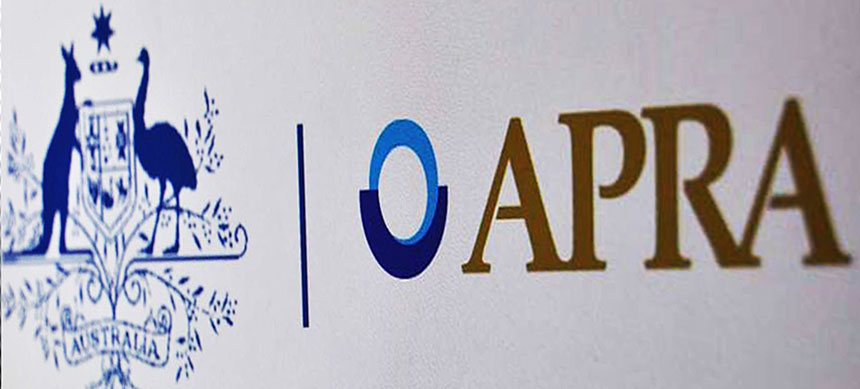
The restriction that interest-only loans cannot exceed 30% of new mortgages, which APRA will remove from 1 January 2019 for most banks, was put in place in March 2017 as part of the regulator’s efforts to contain banking-sector risk amid rising house prices and high and increasing household debt. The cap initially had a strong impact, but banks have collectively been operating well below the limit over the previous year due to stronger underwriting standards. This partly reflects the regulatory focus on risk control and mortgage underwriting – with APRA strengthening serviceability testing, for example – while banks have also become more cautious as market conditions have toughened.

The benchmark will be removed for banks that have provided assurances on maintaining the strength of their underwriting standards, which was also a requirement for the removal of a cap on investor loan growth in April 2018. Most banks have provided these assurances.
Some banks could take advantage of the cap removal to gain market share in a slow credit-growth environment, but we expect no more than a small uptick in overall interest-only lending. Lending standards should continue to curb the pace at which interest-only loans are made available by banks. The weak housing market, especially in Sydney and Melbourne, is also a headwind to interest-only lending, as it will dampen investor demand and speculative buying. We forecast nationwide house prices to drop by 5% yoy in 2019.
Fitch expects Australian banks to continue tightening control frameworks and underwriting standards, especially around expense testing and income verification, which should support the quality of new mortgages. APRA plans to review banks’ risk controls and interest-only lending as part of a broader assessment of lending standards next year.
The interest-only lending cap is the last macro-prudential measure outstanding. Fitch maintains a negative outlook on Australia’s banking sector, as bank returns are likely to fall further in the near term on slowing mortgage credit growth – especially in the residential mortgage segment – further remediation and compliance costs associated with inquiries into the financial sector, higher wholesale funding costs and rising loan-impairment charges.
HIA Argues For MORE Credit
The Housing Industry Association (HIA) welcomed APRA’s removal of the 30% IO limit, but argues that banks are tightening beyond the APRA limits and still more credit is needed.
Actually, this is not really the case, rather it is reversion to more normal lending standards as defined by suitable lending.
The HIA are therefore advocating a loosening of standards back to the pre-royal commission and APRA conditions, where people got loans they could not afford and the industry was rife with poor practice and fraud. We should not aspire to return to such conditions again.

This is what they said:
“The removal of the restriction on interest-only lending is essential to addressing the concerning decline in credit growth for new housing,” said Tim Reardon, HIA Principal Economist.
“Credit growth across the market is the lowest it has been since the 1983 recession.
“Credit growth to investors is the lowest on record.
“Today APRA announced it is lifting its 30 per cent cap on banks’ interest-only lending. This is a welcome development in Australia’s mortgage market, but much more needs to be done to ease the current credit squeeze.
“APRA’s restrictions were designed to curb high-risk lending practices. Over the past 12 months ordinary home buyers have experienced significant constraints in accessing the appropriate level of finance to buy a home.
“The credit squeeze is happening at the behest of the banks’ own lending practices which have been tightened above and beyond APRA’s requirements.
“HIA research has found that the time taken to gain approval for a loan to build a new home has blown out from around two weeks to more than two months.
“HIA members are also reporting that almost half of loan applications are being rejected.
“APRA’s announcement sends an important message about the overall health and stability of the mortgage market which should be heeded by policy makers and lenders alike.
“With the Royal Commission scheduled to release recommendations early next year there is a risk that the credit squeeze may drag on into 2019. The residential construction sector is already cooling. Policy makers will need to proceed cautiously when responding to the Commission’s recommendations,” concluded Mr Reardon.
ABA Welcomes APRA’s IO Decision
The Australian Bankers Association (ABA) says the APRA decision “will increase choice for home loan customers”.

They say:
Today’s announcement of the removal of the 30% benchmark for new interest-only residential mortgages will allow all banks to offer more choice for customers, leading to an increase in competition across the industry, particularly for smaller and regional banks.
The benchmark was introduced by APRA in 2017 to respond to concerns of an oversupply of interest-only loans. The benchmark had a greater effect on banks with smaller home loan lending operations.
CEO of the Australian Banking Association Anna Bligh said that the decision by APRA would not only benefit customers, it also showed that banks were lending prudently with the proportion of interest-only loans more than halving in two years.
“APRA’s announcement today shows that banks have adjusted lending to respond to concerns around an oversupply of interest-only loans, illustrating a prudential system where both banks and regulators can quickly and effectively respond to a changing environment,” Ms Bligh said.
“While banks will continue to lend prudently, today’s decision will mean all banks can offer more choice for customers who are looking to buy a house or apartment.
“Increased competition across the industry will mean customers have more ability to shop around for the best deal for them when looking at an interest-only home loan,” she said.
In terms of banks home loan commitments, the proportion of interest-only loans are now 16.2% much lower than the proportion seen two years ago (37%).
APRA to remove interest-only benchmark for residential mortgage lending
The Australian Prudential Regulation Authority (APRA) has announced that it will remove its supervisory benchmark on interest-only residential mortgage lending by authorised deposit-taking institutions (ADIs).

The benchmark was put in place as a temporary measure in March 2017, as part ofa range of actions over recent years to reinforce sound lending practices. The introduction of the benchmark has led to a marked reduction in the proportion of new interest-only lending, which is now significantly below the 30 per cent threshold.
Earlier this year, APRA announced its intention to remove the supervisory benchmark on investor loan growth subject to ADIs providing certain assurances as to the strength of their lending standards. Most ADIs have now provided those assurances. ADIs that are no longer subject to the investor loan growth benchmark will also no longer be subject to the benchmark on interest-only lending from 1 January 2019. For other ADIs, it will be removed concurrently with the removal of the investor loan growth benchmark.
APRA Chairman Wayne Byres said: “APRA’s lending benchmarks on investor and interest-only lending were always intended to be temporary. Both have now served their purpose of moderating higher risk lending and supporting a gradual strengthening of lending standards across the industry over a number of years.”
Notwithstanding the removal of the interest-only benchmark, ADIs still need to ensure they maintain adequate oversight of the level and type of interest-only lending, consistent with APRA’s Prudential Practice Guide APG223 Residential Mortgage Lending and ASIC’s responsible lending obligations on borrower requirements and objectives.
A copy of the letter to industry outlining the decision is available on APRA’s website at: https://www.apra.gov.au/letters-notes-advice-adis.
The Sheep and the Goats
Intelligence suggests that some interest only loan borrowers are being encouraged to change lenders as their loans come up for review, across a number of banks.
This video summarises our research, based on feedback from 13 individual borrowers, who have confidentially messaged me over the past couple of weeks. Three respondents did not know they had an IO loan, so it came as a bolt from the view. They have a month to consider their alternatives.
I cannot independently validate their situations, but I ask whether this could be the start of a trend in the months ahead.
Moody’s Goes To Town On Interest Only Loans
We discuss the latest from Moody’s as they look at the rising risks in Interest Only (IO) loans.
Please consider supporting our work via Patreon ;
Please share this post to help to spread the word about the state of things….

/
Thousands of Aussies with interest-only mortgages set to struggle: Moody’s
The number of Australians falling behind on their mortgages will rise in the next two years as interest-only loans end and repayments get more expensive, ratings agency Moody’s has warned, via MSN.
Delinquencies on loans that have converted from interest-only to principal and interest are running at double the rate of those still on interest-only, Moody’s said in a report released on Thursday.
“When IO (interest-only) loans convert to P&I (principal and interest), borrowers have to make higher monthly repayments, and this ‘payment shock’ can lead to mortgage delinquencies and makes IO loans riskier than P&I loans,” Moody’s said.
Repayments jump by around 30 percent when mortgages convert to principal and interest, the agency said.
Currently, the delinquency rate for mortgages converted to principal and interest is 0.94 per cent – a rate also above the arrears rate for all mortgages.
“Refinancing interest-only mortgages is also becoming more difficult, which will in itself contribute to an increase in mortgage delinquencies,” the ratings agency said.
About 40 per cent of loans by Australian banks in 2014 and 2015 were interest-only for five years, meaning a large portion are set to come under pressure with higher repayments in 2019 and 2020, said Moody’s.
Moody’s report backs up findings from Digital Finance Analytics (DFA), which estimates that more than 970,000 Australian households are now believed to be suffering housing stress.
That equates to 30.3 percent of homeowners currently paying off a mortgage.
Of the 970,000 households, DFA estimates more than 57,100 families risk 30-day default on their loans in the next 12 months.
“We continue to see households having to cope with rising living costs – notably childcare, school fees and fuel – whilst real incomes continue to fall and underemployment remains high,” wrote DFA principal Martin North.
“Households have larger mortgages, thanks to the strong rise in home prices, especially in the main eastern state centres, and now prices are slipping.
“While mortgage interest rates remain quite low for owner-occupied borrowers, those with interest-only loans or investment loans have seen significant rises.”

